We tour four Tudor houses impeccably preserved by the National Trust and full of fascinating historical detail
An age of ease and prosperity, the Tudor period saw a frenzy of competitive building: lavish, even ostentatious, mansions were built across the land as the nobility engaged in architectural one-upmanship.
Cotehele, Cornwall
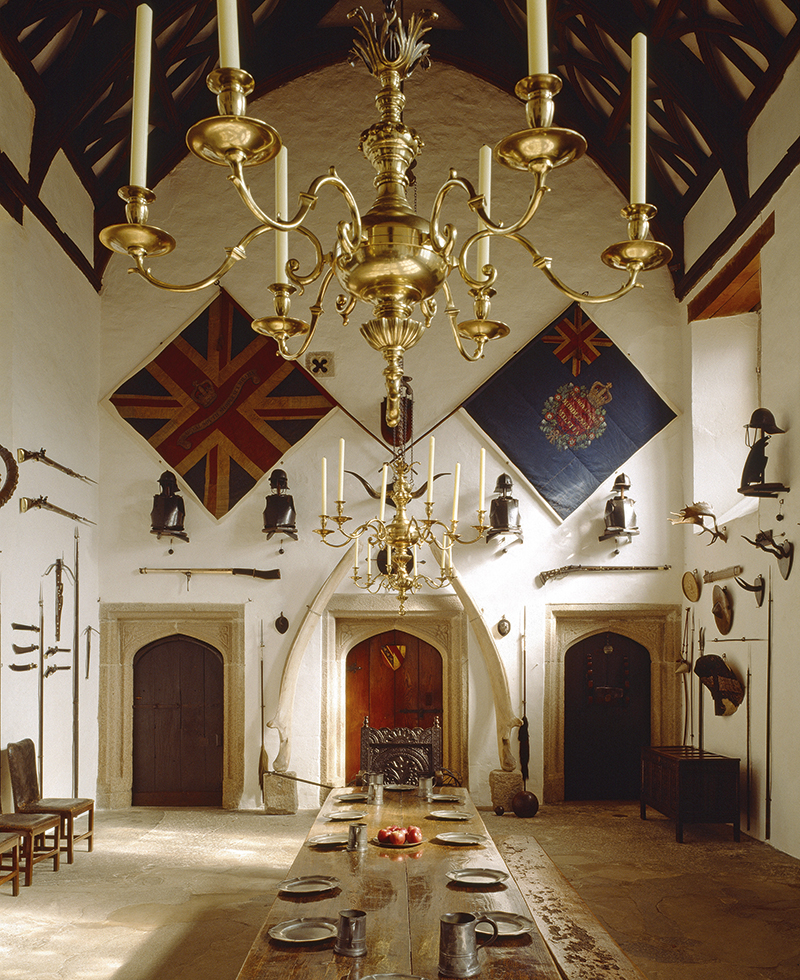
Nestling in woodland above Cornwall’s Tamar Valley, Cotehele is one of the country’s best preserved Tudor houses. It dates from around 1300, but is mainly the creation of Sir Richard Edgcumbe, who had sided with Henry Tudor at the Battle of Bosworth in 1485 and was rewarded for his loyalty with a knighthood. He used his new position to build a fortified manor at Cotehele with an imposing Great Hall, chapel and central tower. Outside, the gardens take full advantage of Cotehele’s stunning location. Formal terraced flowerbeds on the east side of the house overlook the lovely Tamar valley, while further downhill is the wilder Valley Garden with its old summer house, medieval stewpond and dovecote.
Book ahead There are five trains a day from Plymouth in Devon to Calstock station (journey time 30 minutes). You can then take the pretty mile-and-a-half footpath up the River Tamar to the house. The house is open daily until the end of October; the garden and estate are open year-round.
Montacute House, Somerset
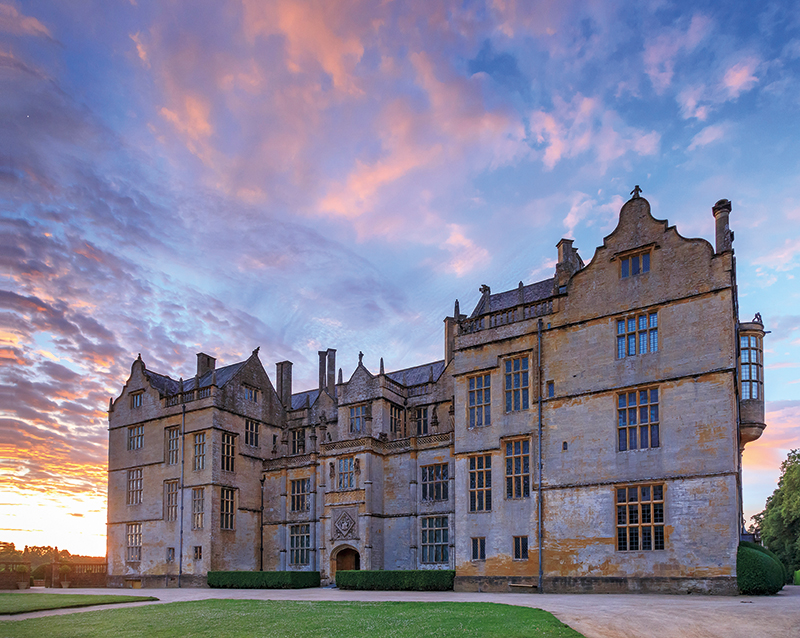
Built over a century later than Cotehele, Montacute House in Somerset is a glorious example of a late Tudor house: a vision of honey-coloured stone with a profusion of pinnacles and statues. It was built by Edward Phelips, a lawyer and Member of Parliament, to demonstrate his wealth and position in society. When it was given to the National Trust in 1931, Montacute was almost empty, but thanks to a series of bequests the house is now fully furnished. It has a particularly fine collection of textiles, including tapestries and samplers, and as an outpost of the National Portrait Gallery it houses more than 60 Tudor and early Stuart portraits, whose imposing gazes follow you down the Long Gallery.
Book ahead: Yeovil Junction station is 7 miles away and there is a direct train every hour from London Waterloo (journey time 2 hours 30 minutes). The house, garden and café are open year-round.
Knole, Kent
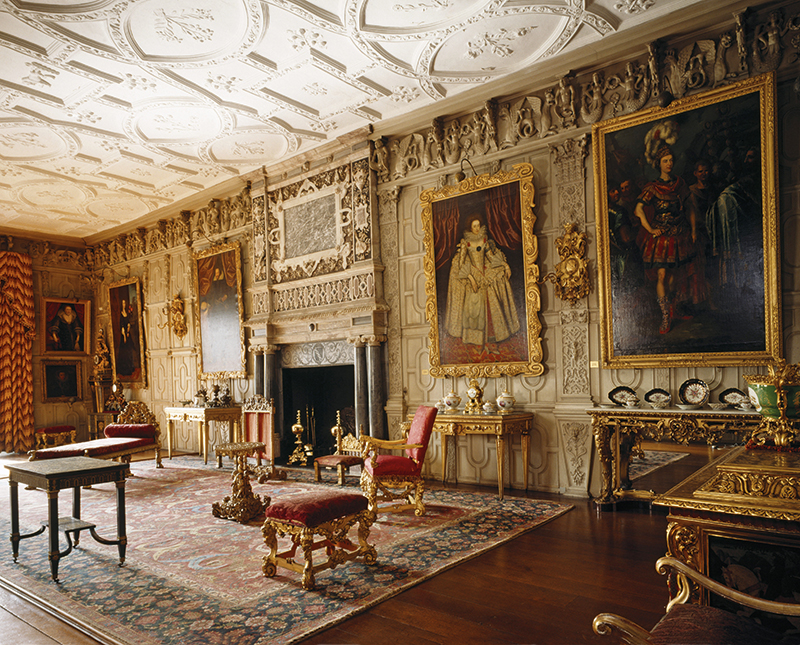
With its 365 rooms and 52 staircases, Knole is said to be a ‘calendar’ house. However, it was never planned as such, and grew over the centuries to become the labyrinth of corridors, courtyards and rooms it is today. Thomas Bourchier, Archbishop of Canterbury, bought the manor of Knole in 1456 and transformed it into an episcopal palace. The show rooms are furnished with Knole’s collection of Stuart furniture, which was acquired by Charles Sackville, 5th Earl of Dorset. He was William and Mary’s Lord Chamberlain and as one of the perks of the job was allowed to take any furniture from the royal palaces which he deemed surplus to requirements. He seemed to have followed this instruction diligently and accumulated a vast collection, ranging from James II’s state bed and its cloth of silver hangings to a close stool (lavatory) used by the Stuart kings at Whitehall Palace.
Book ahead: There are several direct trains every hour from London Charing Cross to Sevenoaks station (journey time 35 minutes), just over a mile from the house; there’s also a slightly longer direct service from London Blackfriars. The park is open daily; the show rooms are open from Tuesday to Sunday.
Baddesley Clinton, Warwickshire
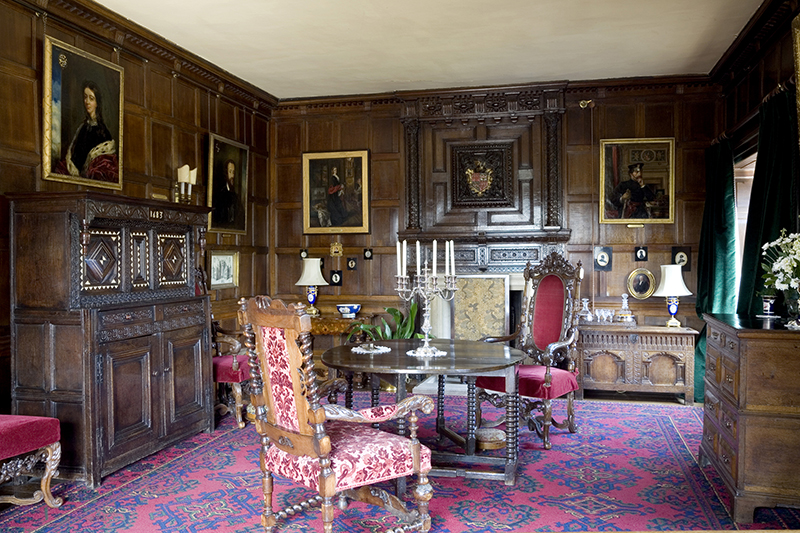
Baddesley Clinton in Warwickshire is on a different scale to Knole. A charming moated manor, it is domestic rather than splendid and the property gives the impression of a house that has been lived in as a home rather than used as a status symbol. It started life in the 13th century when a timber-framed Great Hall surrounded by a moat was built. The Ferrers family, who inherited the house in the early 16th century and were to remain its owners for the next 500 years, expanded further. Today, all is calm at Baddesley Clinton, which sits quietly above its moat with nothing to disturb the peace except for a few ducks.
Book ahead: Birmingham International train station is 9 miles away, with trains from London Euston taking just under two hours. There are also direct trains from Birmingham Moor Street to Lapworth station, a mile from the house. The house is open year-round.
Words: Diana Woolf

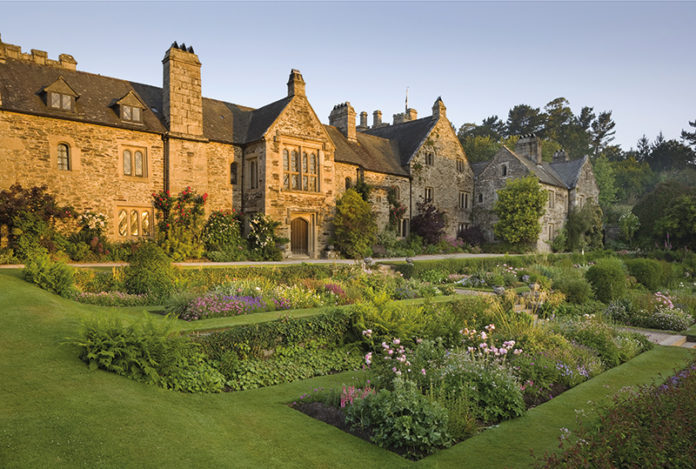




 © 2024
© 2024